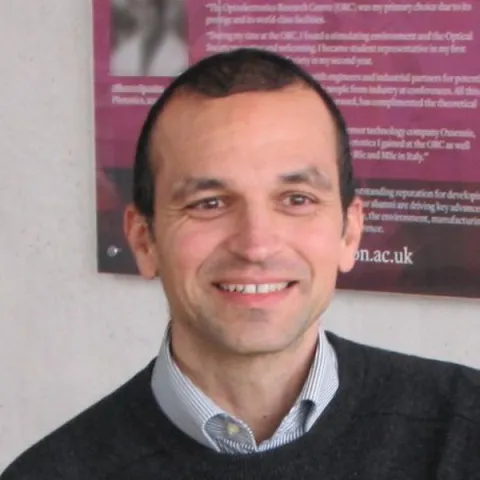About the project
The optical fibre communications industry has been facing some significant challenges in recent years. As transmission rates in optical networks constantly increase, and with the concerns over the energy consumption of communication networks becoming ever more relevant, there is a compelling argument for adopting new techniques for the implementation of signal processing of communication signals. On the other hand, the rise in demand for internet traffic is such that necessitates the adoption of new transmission techniques in order to ensure that the available bandwidth is sufficient.
A range of projects in the Optical Communications Laboratory investigate technologies that address these challenges. The student working in this area will have the opportunity to work with new fibre types, combine them with state-of-the-art devices and identify their potential for applications. Topics of specific interest include the generation and manipulation of new frequencies; the use of novel modulation formats in transmission systems; the mitigation of nonlinear impairments in transmission using optical techniques; and the introduction of new optical transmission bands.
This PhD project will benefit from established collaborations with other UK and European institutions. It is associated with significant research initiatives at the ORC, including the EPSRC Programme Grant Airguide Photonics and the federated platforms on Communications Systems research TITAN and HASC (these are multi-partner national projects that link communications research in the UK).
This is a predominantly experimental project that makes use of the strong facilities of the telecommunication systems laboratory of the ORC. These include full electronic and optical signal generation and diagnostic capabilities at state-of-the-art frequencies (up to 110 GHz), equipment enabling experimentation over new wavelengths for communications, and a direct connection to an installed fibre transmission line originating from the lab, linking the ORC to other collaborating laboratories across the UK (the UK’s NDFF).
